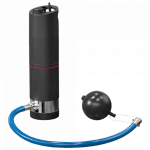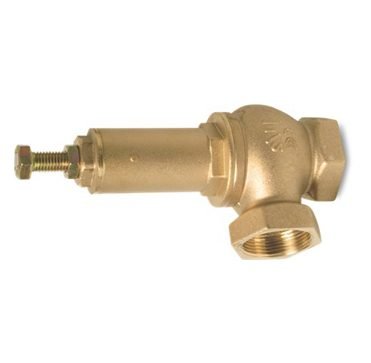Welcome To Our Irrigation Library!
Boosting
How Zones determine water flow and pressure?
In the intricate realm of irrigation systems, we introduce the concept of zones—distinct clusters of emitters that function as fundamental units regarding boosting requirements. Ideally, each zone comprises a uniform set of emitters, whether popups, micro sprinklers, dripline, and the like, ensuring synchronised operation. The size of a zone is contingent upon the water consumption of its emitters, the water flow available within, and the operating pressure of the emitters.
The water flow, the lifeblood of the system, is sourced from the water source. In an ideal scenario, the water source seamlessly provides the right amount of water at the correct pressure for an average zone. However, reality often diverges from this ideal, necessitating adjustments. Downsizing a zone may result in an excess of pipes, operating valves, and a larger capacity controller, while boosting the pressure requires the installation of a booster, typically comprising a tank and a pump.
How regulations influence the source of water pressure?
Beyond technical considerations, legal requirements loom. The Water Supply Regulations of 1999 come into play, stipulating that, when incorporating popup sprinklers and/or dripline in an automatic irrigation system, a mechanical separation is necessary between the mains water system and the irrigation system, benefiting the mains water system. This practically translates to the need for a pressure-reducing unit or an air gap between the two systems most of the time. You can read about the water regulations in this article.
Finally another consideration when you are planning to use mains water supply: constant main pressure/flow is not guaranteed by any water boards in the UK. What does it mean? Probably when your irrigation system works on its highest capacity, then your neighbours are also use the water in their garden a lot and the pressure/flow drops.
Why boosting is the most efficient?
Our preference leans towards the latter solution, as the pressure of the mains water system is often already low, making further reduction impractical. However, this choice mandates rebuilding the pressure post-air gap, typically achieved through the integration of a booster.The reassuring news is that you need not revisit the technical details above.
Our quote is tailored to offer you the most efficient and legally compliant solution, ensuring your peace of mind in every drop.
What is a booster set?
As previously noted, boosting becomes imperative when the available water pressure and/or flow fails to meet the requirements of the irrigation zones, or when booster installation is mandated by regulations.
In such cases, a water storage unit and a booster are typically installed. The tank accumulates an ample amount of water from the water source, subsequently propelling it into the system with the desired pressure.
Ensuring the right volume of water for each watering cycle is crucial. If the supply falls short, the system halts prematurely, leaving zones without adequate water. This logic dictates the size of the tank to be installed.
Pumps, whether submersible or standing, are integral to the boosting process. For most garden irrigation systems, we favour low-maintenance submersible pumps. Two types exist based on their start mechanism:
- Pressurized Pumps (Auto-Start Pumps): These pumps maintain operating pressure in connected pipework consistently, thanks to an in-built pressure switch. Cost-effective and equipped with a self-contained starting mechanism, they are suitable for various applications.
- Relay-Driven Pumps: These pumps start only when necessary, activating with each zone, ensuring less stress on the pump structure and electric components. While slightly more expensive, high-quality relay-driven pumps often boast a longer lifecycle compared to their auto-start counterparts.
Learn about different parts of a booster set in our Irrigation Handbook!



